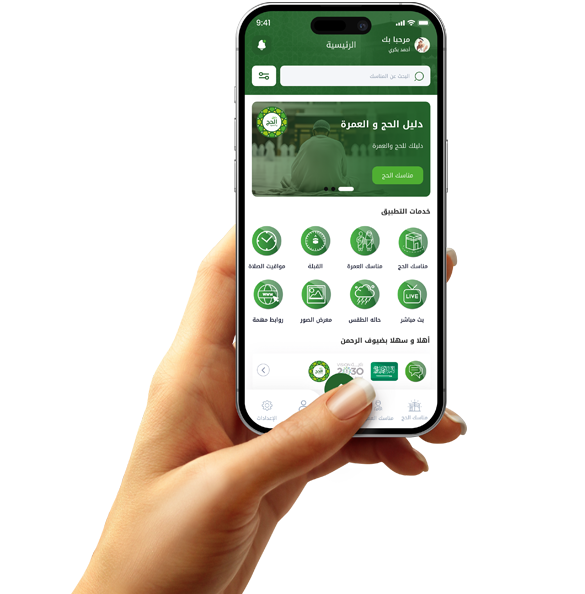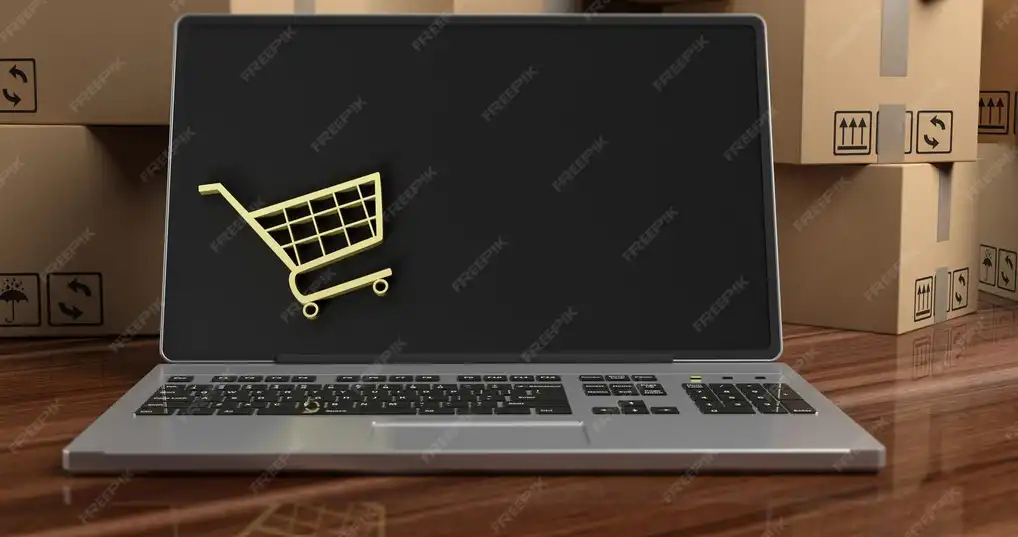How to Build Cross-Platform Mobile Apps Efficiently

Why do we need cross-platform apps?
Nowadays, almost all companies want to launch their apps on as many devices as possible, whether Android or iPhone. That's why developing cross-platform apps has become a smart choice. Instead of developing two separate apps for each platform, you can make one app that works on all of them, which saves a lot of time and cost.
The most important advantage of this type of app is that you can reach a larger segment of users with the same effort. People who use Android a lot, and those who use iPhone a lot after that, so you should be available to everyone. In addition, cross-platform apps ensure a similar experience for users regardless of the device they use.
The most important tools that help in building these apps are Flutter and React Native. These tools allow you to develop apps quickly and ensure excellent performance on all platforms. If you are a project owner or developer, choosing cross-platform development can be a turning point for the success of your project.

The best tools for developing cross-platform applications
To develop mobile applications that work on Android and iPhone, you need to use the right tools. One of the most prominent is Flutter, provided by Google. This tool allows you to build beautiful and fast interfaces using the Dart language. The advantage of Flutter is that it provides performance very close to native applications.
There is also React Native from Facebook. This tool is based on the JavaScript language, and is a strong option for developers with experience in web development. React Native allows you to use the same code on Android and iPhone, with the ability to add custom features for each system if needed.
Another tool worth mentioning is Xamarin from Microsoft. This tool is based on the C# language and allows you to easily integrate code with different systems. Although it is less popular than Flutter and React Native, it is still an excellent choice for some projects.
Choosing a tool depends on the needs of your project and the experience of your team. If you are new to the field, Flutter is an excellent start because it is easy and gives you great results.

Tips for building cross-platform apps efficiently
If you want to build a cross-platform app, you need to plan properly to ensure the success of the project. First, choose the right tool. As we mentioned, Flutter and React Native are the best, but your choice depends on your project needs.
Second, focus on the user experience. Cross-platform apps should be smooth and work without problems on all devices. Test the app extensively on Android and iPhone to make sure it delivers the same quality.
Third, focus on performance. Cross-platform apps are sometimes slower than native apps if they are not programmed properly. The solution is to use techniques such as reducing image size and optimizing code.
Finally, invest in a strong team. Building cross-platform apps requires expertise in more than one field, such as design, programming, and performance testing. A capable team ensures that your project comes out in the best possible way.

Challenges of building cross-platform apps and how to overcome them
Despite the advantages, developing cross-platform apps faces some challenges. One of the most prominent is performance. Native apps are often faster because the code is written specifically for the platform. However, with the improvement of tools like Flutter and React Native, this gap has narrowed significantly.
Another challenge is design compatibility. Each platform has different design standards, and the application must adhere to them in order to provide a natural user experience. The solution is to use libraries that provide design components compatible with each platform.
There is also the challenge of feature differences. Some features specific to a particular platform may be difficult to implement on another platform. This is where creative developers who know how to find smart solutions come in.
Good planning and choosing the right tool ensures that you overcome these challenges and deliver an application that works efficiently on all platforms.















